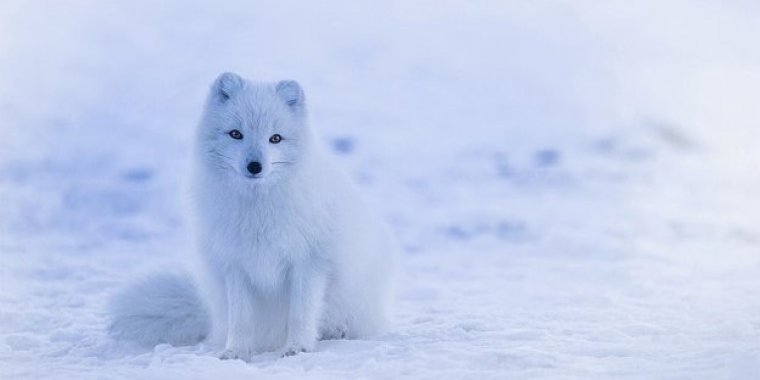| News / Science News |
Study shows how varying Arctic climate conditions impact vulnerable species
New findings on the diet of Arctic foxes, determined by the condition of their teeth, show how varying climate conditions in the Arctic affect the animals that live there.

New findings on the diet of Arctic foxes show how they're affected by varying climate conditions. ![]()
In a study, scientist Peter Ungar of the University of Arkansas and colleagues analyzed the tooth breakage and wear of Arctic foxes from Russia's Yamal Peninsula.
Studying the effect of varying climate conditions in this region helps scientists understand the impact of climate change on vulnerable animals, and could explain future responses and adaptations, given warming and thawing in Arctic areas.
The researchers' study is the first to combine dental proxies for short-term, or seasonal, and long-term, or lifetime, diets to understand how resource depletion affects species differently in different locations in the Arctic.
The scientists compared the condition of the teeth over space -- northern versus southern peninsula -- and time. They found that foxes from the northern peninsula likely had to rely periodically on larger prey rather than their preferred prey of rodents such as lemmings and voles.
Microwear analysis of teeth indicated that foxes in both locations dined on their preferred smaller prey during rodent-rich years.
However, during rodent-bust years in the southern peninsula, the foxes adapted to conditions and fell back on larger prey, such as ptarmigans and hares. In the north, where these species were less available, foxes evidently scavenged more reindeer carcasses.
Bone consumption by animals causes tooth breakage, heavy wear and microscopic pitting. Breakage and wear reflect animal diet over the course of a lifetime, whereas microscopic pitting reflects a pattern of seasonal changes over time.
"These data suggest that dental evidence can provide important insights into variation in the feeding ecology of Arctic foxes, and potentially into the impacts of changes in food abundance across space and time," Ungar said. (National Science Foundation)
YOU MAY ALSO LIKE





